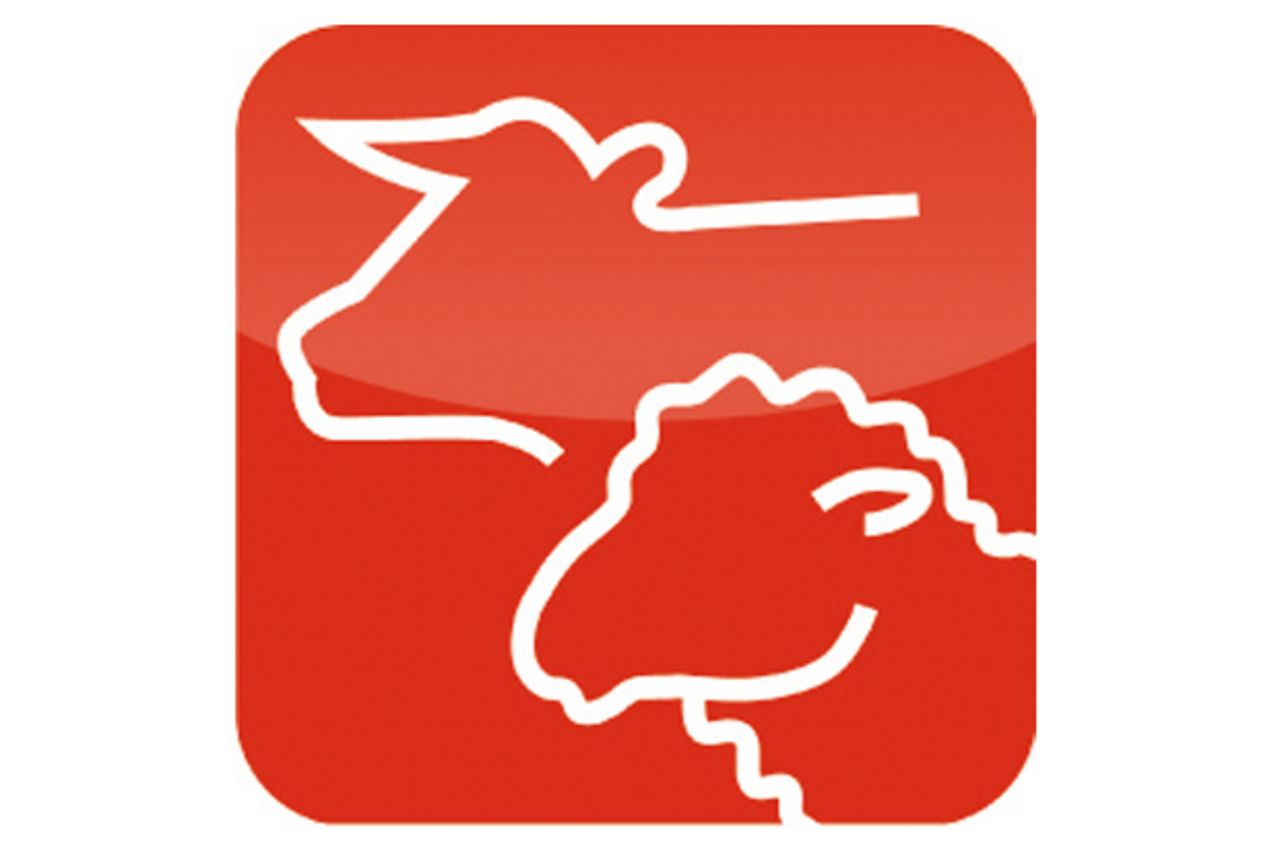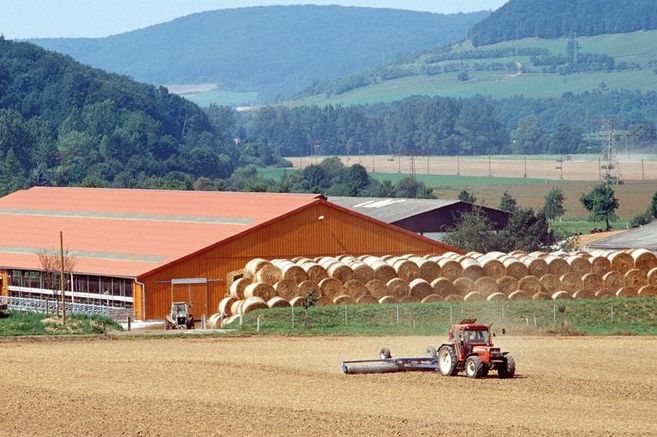Project
Beef and sheep production as well as grassland use: production systems and economics

Economics of beef and lamb production as well as grassland use (international competitiveness, technology-related research, policy impact assessment)
Beef and sheep production in Germany: business or side products?
Background and Objective
With the global market integration, the future of particular branches increasingly depends on how competitive they are in international comparison. This is particularly valid for beef and sheep production which have also been identified as a major source of greenhouse gas emissions. The project makes the following contributions to the field of work: Improvement of the understanding of production systems for beef and cow-calf production world-wide, analysis of the competitveness of the German beef production, policy analysis, farm-level development strategies.
Approach
Data of typical farms and production systems are collected using standardised methods and working with local experts / advisors and producers. Infomration ana analysis on world markets, agricultural policy and sectoral developments of the beef and sheep sectors are added to the farm-level analysis. Based on the farm comparisons, the analysis is presently extended to refelct environmental impacts, greenouse gas emissions and animal welfare aspects.
Preliminary Results
Approximately 85 % of the beef produced in Germany has a dairy origin. Thus, beef production is highly dependent on whatever happens in milk production.
The international competitiveness of German beef production has improved in the last ten years when measured in cost of production, returns and profitability. The productivity levels of cow-calf production and beef finishing in Germany are on comparatively high level, too. However, regional and local competition for land has increased, particularly with milk production, crop production as well as biogas plants. Maize for silage plays the main role in this competition. The negative impacts of the recent CAP-reform (decoupling of the cow-calf premium, conversion of single farm payments into regional area payments) have been compensated by the increases of beef prices in most of the cases.
After the abolition of the milk quota in 2015 a gradual increase of dairy-type breeds at the expense of dual-purpose or beef-type breeds can be expected. This increase is likely to aggravate the shortage of quality calves for beef production. On the other hand, an increase of the suckler-cow numbers cannot be expected due to the lack of additional grassland area.
Sheep production in Germany plays a minor economic role. Locally it plays, however, an important role in landscape stewardship programmes and the maintenance of cultural landscapes.
Links and Downloads
http://www.agribenchmark.org/beef-and-sheep.html
http://www.agribenchmark.org/beef-and-sheep/publications-and-projects.html
Thünen-Contact

Involved Thünen-Partners
Duration
Permanent task 1.2001 - 12.2026
More Information
Project status:
ongoing



![[Translate to English:] Logo des Bundesministerium für Ernährung und Landwirtschaft](/media/allgemein/logos/BMEL_Logo.svg)